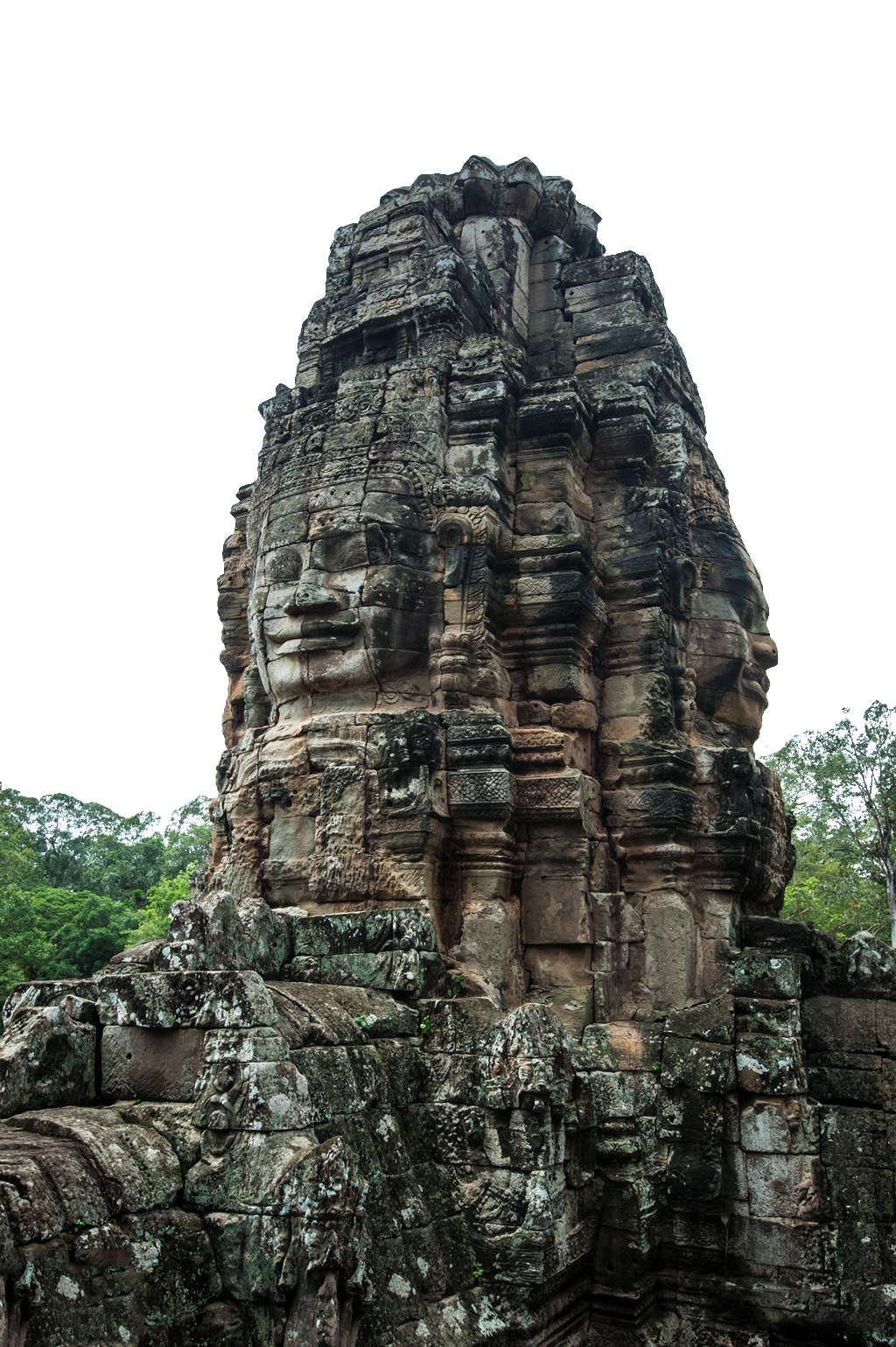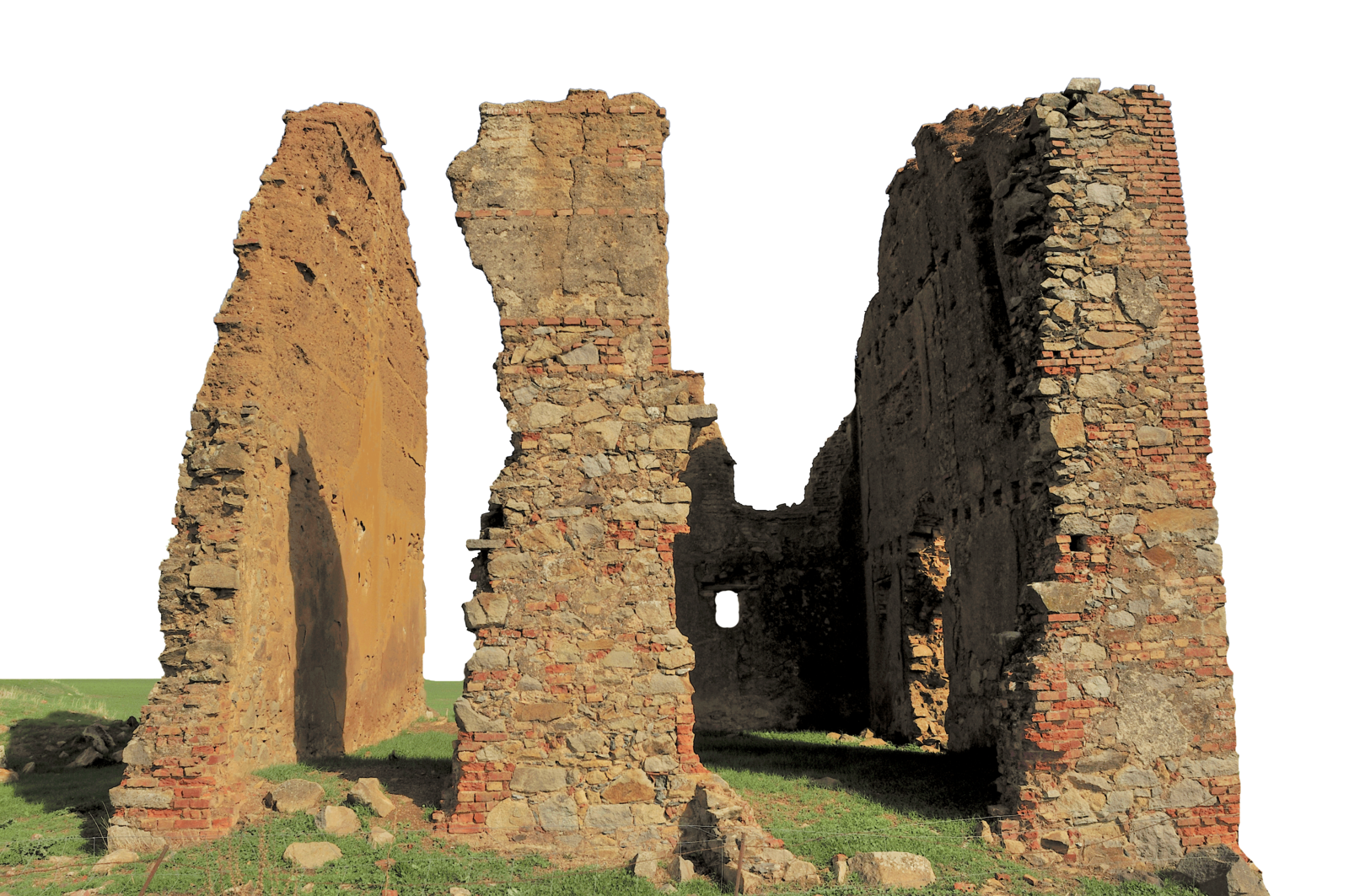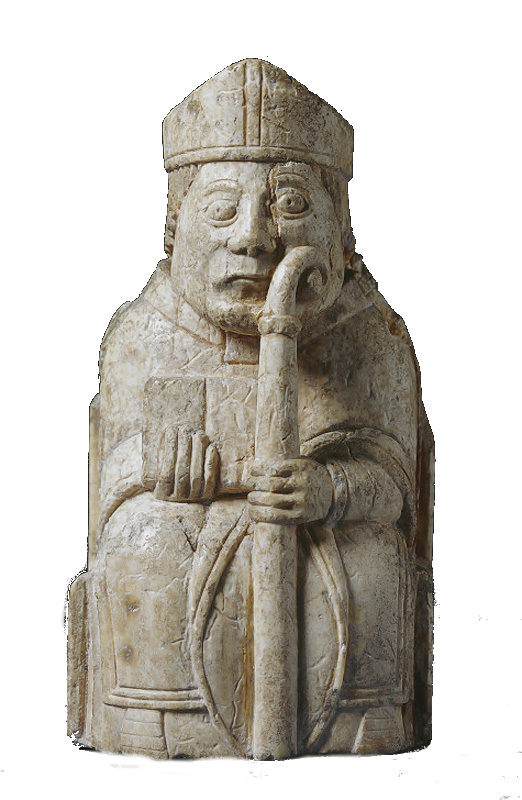Archaeology
Welcome to c/Archaeology @ Mander.xyz!
Shovelbums welcome. 🗿

Notice Board
This is a work in progress, please don't mind the mess.
- 2023-06-15: We are collecting resources for the sidebar!
- 2023-06-13: We are looking for mods. Send a dm to @fossilesque@mander.xyz if interested!
About
Archaeology or archeology[a] is the study of human activity through the recovery and analysis of material culture. The archaeological record consists of artifacts, architecture, biofacts or ecofacts, sites, and cultural landscapes.
Archaeology has various goals, which range from understanding culture history to reconstructing past lifeways to documenting and explaining changes in human societies through time.
The discipline involves surveying, excavation, and eventually analysis of data collected, to learn more about the past. In broad scope, archaeology relies on cross-disciplinary research. Read more...
Rules
- Don't throw mud. Be kind and remember the human.
- Keep it rooted (on topic).
- No spam.
- No pseudoscience/pseudoarchaeology.

Links
Archaeology 101:
Get Involved:
University and Field Work:
- Archaeological Fieldwork Opportunities Bulletin
- University Archaeology (UK)
- Black Trowel Collective Microgrants for Students
Jobs and Career:
Professional Organisations:
- Chartered Institute for Archaeologists (UK)
- BAJR (UK)
- Association for Environmental Archaeology
- Archaeology Scotland
- Historic England
FOSS Tools:
- Diamond Open Access in Archaeology
- Tools for Quantitative Archaeology – in R
- Open Archaeo: A list of open source archaeological tools and software.
- The Open Digital Archaeology Textbook
Datasets:
Fun:
Other Resources:

Similar Communities
Sister Communities
Science and Research
Biology and Life Sciences
- !anthropology@mander.xyz
- !biodiversity@mander.xyz
- !palaeoecology@mander.xyz
- !palaeontology@mander.xyz
Plants & Gardening
Physical Sciences
Humanities and Social Sciences
Memes
Find us on Reddit

view the rest of the comments
When a massive tree toppled in the floodplains of Fonte Boa, a region in the Brazilian Amazon, local fishermen noticed something odd: The roots had hoisted two giant ceramic pots above ground. Nobody knew what they were or who had buried them. In June, the Brazilian government announced that. —possibly going back millennia—from Indigenous groups who inhabited the region before the Portuguese first arrived in Brazil about 500 years ago.
Excavations revealed seven urns—some fragmented—entangled among the tree’s roots, containing human bones. The largest stretched almost three feet in diameter and weighed about 770 pounds, says an archaeologist with the Mamirauá Institute in Tefé, Brazil, who helped lead the excavations. “We needed a whole day to loose this large one free from the roots and six men to move it from there,” he adds.
for study was a complex process. Walfredo Cerqueira, the community leader who mobilized his fellow fishermen to help in the excavations, recalls the unusual experience: “We thought we’d get there with hoes and move things around easily, but from what I had seen of how archaeologists work on TV, I knew it would be slow work.”
The tree fell in an area known as Cochila Lake, an archaeological site in the Middle Solimões river region. It is one of more than 70 artificial plains in the area built around 2,000 years ago by Indigenous groups to avoid floods during the river’s high-water season. “Given how little we know about [the past of] this region and how difficult it is to get there, this is really an unprecedented find,” says Karen Marinho, an archaeologist with the Federal University of the West Pará (UFOPA) who did not take part in the excavations.
The urns do not seem to belong to any of the ceramic traditions known in the Middle Solimões or in the broader Brazilian Amazon. “This is a type we haven’t got records of yet,” Amaral says. The absence of ceramic lids set the new discoveries apart artistically. These funerary urns are also rounder than those produced in known styles, notes
Putting bones within ceramic containers, Py-Daniel explains, would have been part of a second step in the funerary process. First, the departed must undergo a ritual to remove flesh, through burial, cremation, or submersion in a river—where the body is wrapped in a woven net that allows fish to feed on it. Then the bones are carefully collected and arranged to, in another ritual, be placed inside the urn. “Indigenous groups who did not have their traditions obliterated by the presence of missionaries still [entirely or in part] follow this ritual,” Py-Daniel says.
, who led the excavations with Amaral. “On social media, many people ask us how a tree could have grown on top of the urns,” she says. “The tree probably grew after the people who used to live in that region were gone.” As the tree grew, its roots made their way into the pots possibly drawn to nutrients in the bones, Holanda adds. While the tree’s exact age remains unknown, its size suggests it could be centuries old, and the researchers suspect that the vases are even older.
For now, the exact age and origin of the urns remains a mystery. The presence of fish and turtle bones around some of the ceramic fragments also raises questions. “We still have to… find out what these leftovers are—whether they were part of an associated ritual,” Amaral says.
Even with these unknowns, Amaral and Holanda both feel that the most important aspect of the discovery was the deep involvement of locals from the Arumandubinha and Arará villages, who helped the archaeologists plan every single step of the process. “The demand came from them, as they wanted to know what these artifacts were—otherwise we’d never know about the urns,” says Amaral.
Researchers at Mamirauá are currently cleaning and excavating sediments from within the urns while they look for funding to study the material. Ultimately, they hope to carbon-date fragments of bone and coal to get a more precise age estimate. “It will all depend on funding and the partnerships we can get,” Holanda stresses